Exploring the World of SSIS ETL: Benefits, Features & Execution
Astera
MAY 25, 2023
It involves extracting data from various sources such as databases, flat files, applications, and more, transforming it into a format that meets the destination system’s requirements, and then loading it into the target system. This is a great option if you don’t want to write code from scratch or use a third-party solution.


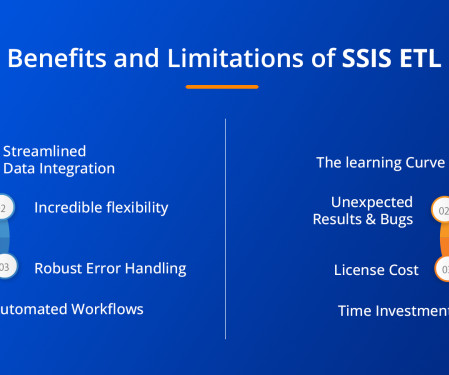
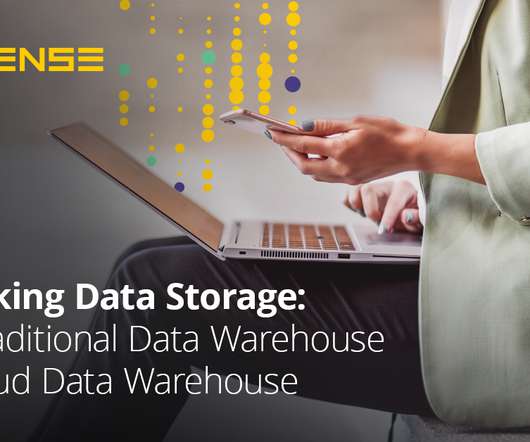


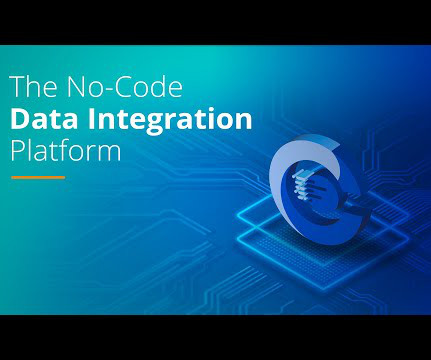
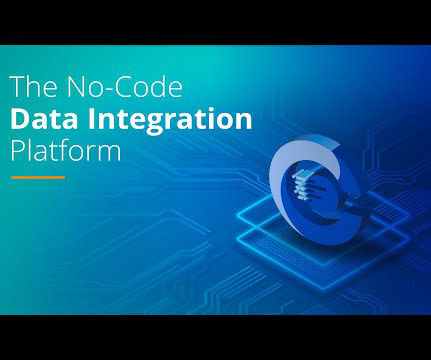

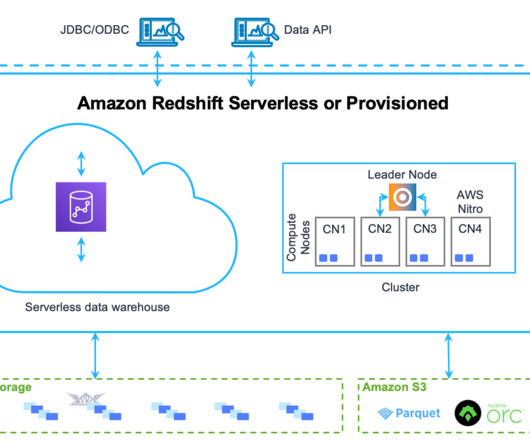
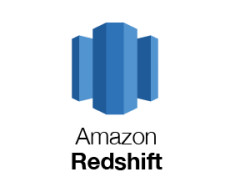

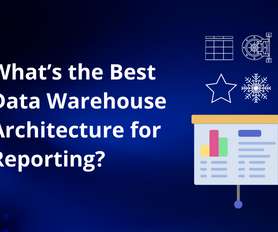
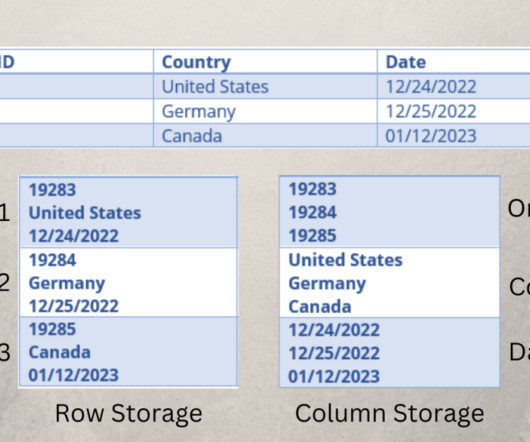
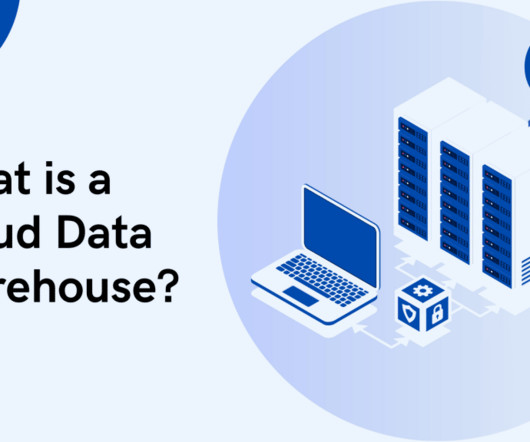











Let's personalize your content